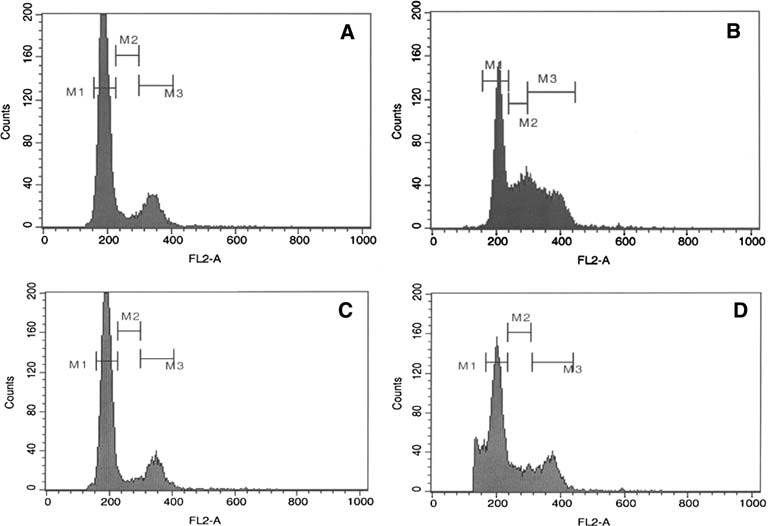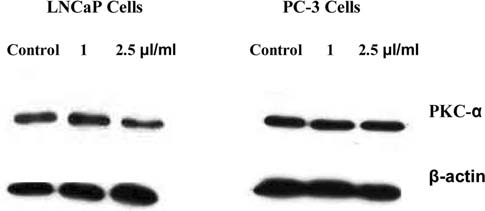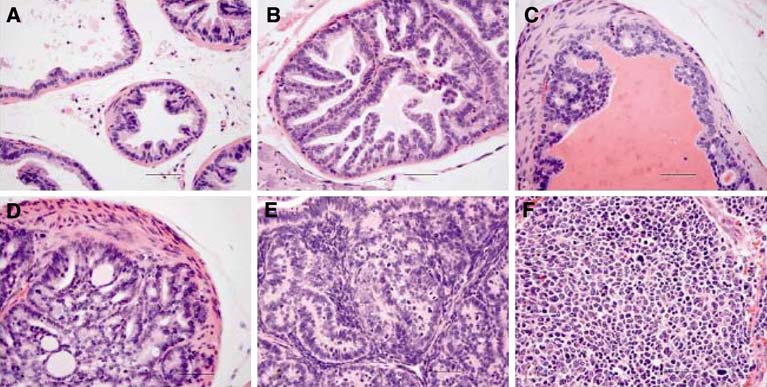Growing american ginseng in ohio: an introduction
Agriculture and Natural Resources Growing American Ginseng in Ohio: Chip Carroll Dave Apsley Rural Action Sustainable Forestry Natural Resources Specialist and Appalachian Forest Resources Center Ohio State University Extension American ginseng (Panax quinquefolium), one of the world's most valued plants, is found throughout the



